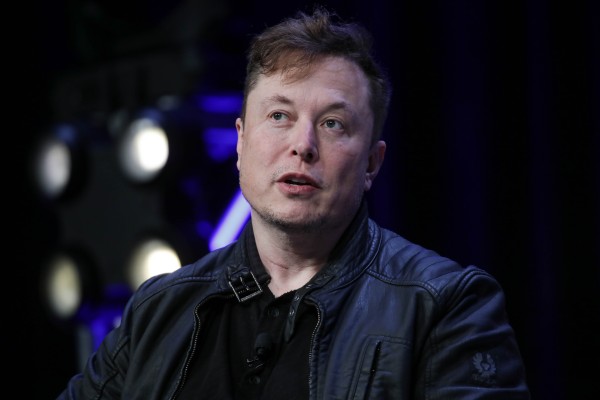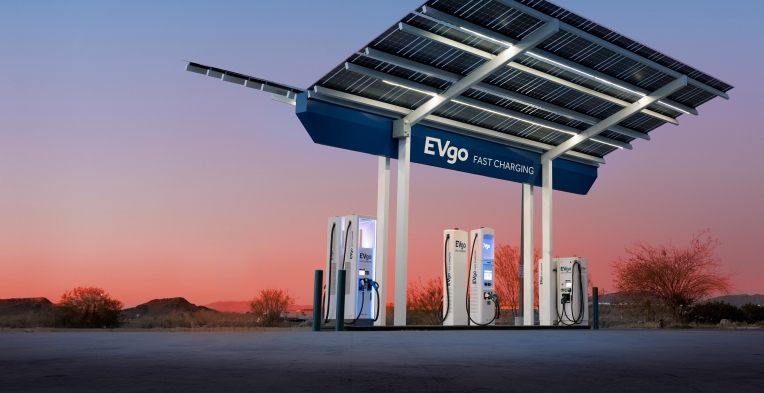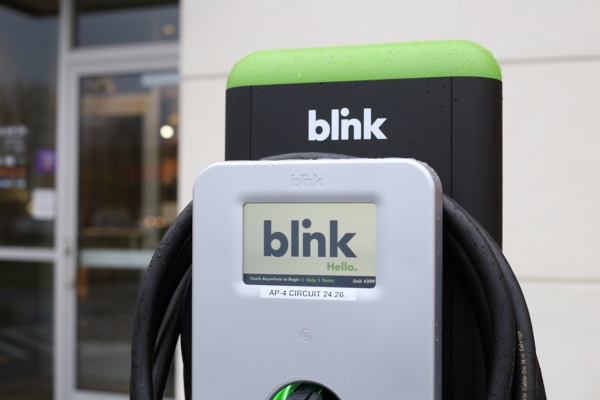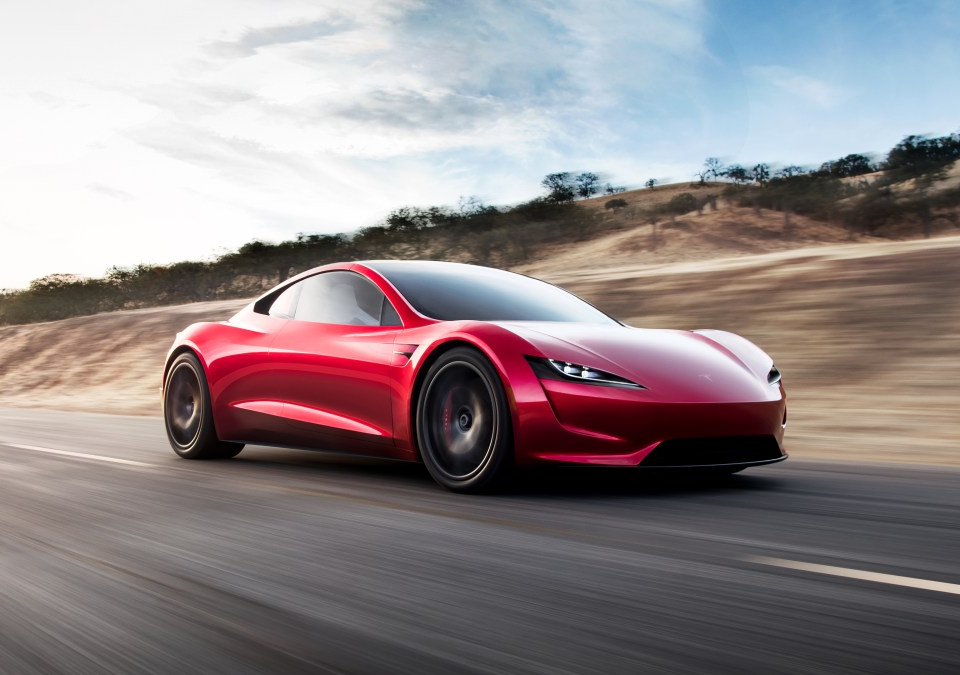
Elon Musk tells Twitter employees he wants to be involved in product
June 23, 2022
GM is latest to join the race to streamline EV charging
June 23, 2022
President Joe Biden’s infrastructure bill included a $7.5 billion tranche of cash set aside to build out a national network of 500,000 electric vehicle chargers. Ever since Biden signed the bill into law, EV charging companies have been quickening their pace, eager to take advantage of national momentum and federal funding.
Alongside the ambitious attempts at scaling, there has been a wave of consolidation. While some early adopters, like ChargePoint, EVGo, Electrify America and Tesla, have created large national EV charging infrastructure networks, they’ve by no means captured the entire market.
A recent spate of acquisitions in the electric vehicle charging space is outlining what consolidation in this industry looks like and which players might come out on top.
Blink Charging finalized Tuesday its plans to acquire SemaConnect in a $200 million cash and common stock transaction that will add 13,000 EV chargers to Blink’s footprint, an additional 3,800 site host locations and more than 150,000 EV driver members, according to Blink. This brings Blink up to 48,000 chargers, according to the company, which means it’s finally on equal footing with ChargePoint, the erstwhile leader of EV charging in the U.S. that boasts 30,000 stations with over 47,000 individual charging ports.
The infrastructure bill also appears to be attracting foreign companies to increase their footprints in the U.S. EV Connect said Tuesday that it was acquired by Schneider Electric, a French energy management and automation company with a foundation in sustainability and e-mobility. Schneider is using the acquisition to beef out its own charging capabilities and footprint in the United States.
Other companies seem keen to grow through M&A. Take ABB, for instance.
Earlier this year, ABB’s e-mobility business, which makes fast electric chargers for cars, buses and trucks, shared plans to spend $750 million on expanding operations, in large part through acquisitions. In addition to acquisitions this year of India’s Numocity and China’s Chargedot, ABB has acquired InCharge Energy, a commercial charging infrastructure company, to strengthen its foothold in the North American market.
For a company that doesn’t have millions in venture funding or a legacy conglomeration backing it, Blink in particular has been coming in hot over the past year. The company, which is publicly traded and was founded in 2009, has long been something of an underdog when compared to the other big EV charging companies. However, it’s been using its revenue organically to scoop up companies.
Aside from SemaConnect, in 2022 Blink also acquired the U.K.’s EB Charging for $23.4 million. Last year, Blink bought Blue Corner for $24 million in cash and stock, and in 2020, the company acquired BlueLA and U-Go for undisclosed amounts.
The SemaConnect buy is one to pay attention to, because it specifically allows Blink to take advantage of Biden’s infrastructure bill and might signal the direction of future strategic acquisitions by Blink and others. Not only will Blink take on SemaConnect’s in-house research and development, hardware design and manufacturing capabilities, but it also gets the company’s manufacturing facility in Maryland. Blink’s chargers are not currently manufactured in the U.S., so now, the company will officially be compliant with the Buy American mandates, which will allow it to tap into that $7.5 billion.
“Although we have been actively looking into U.S.-based manufacturing, it would take significant time and resources,” a Blink spokesperson told TechCrunch. “Utilizing the newly acquired SemaConnect facility greatly reduces those variables and qualifies us much quicker and more cost-effectively.”
Notably, even with the SemaConnect acquisition, Blink’s network of deployed chargers are mostly Level 2, which takes about six to 12 hours to fully recharge a vehicle. Blink has at most 100 DC Fast chargers, all of which are first generation, according to the company. While it’s a start, it’s nothing compared to Tesla’s. Globally, the luxury EV automaker has over 30,000 charge ports, almost all of them DC Fast. Historically, they’ve only been available to Tesla vehicles, but the company is slowly opening up its network to non-Tesla EVs.
As the EV industry continues to consolidate, expect acquisitions that involve companies with manufacturing capabilities within the U.S., as well as companies that are finding innovative ways to commercialize and scale DC Fast chargers.



